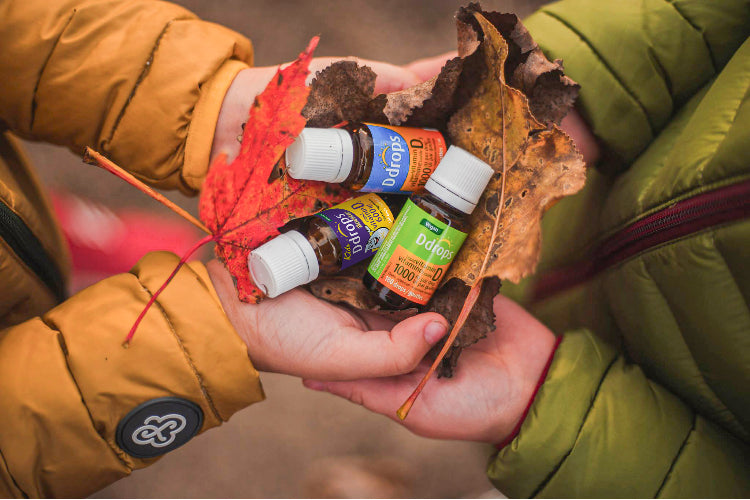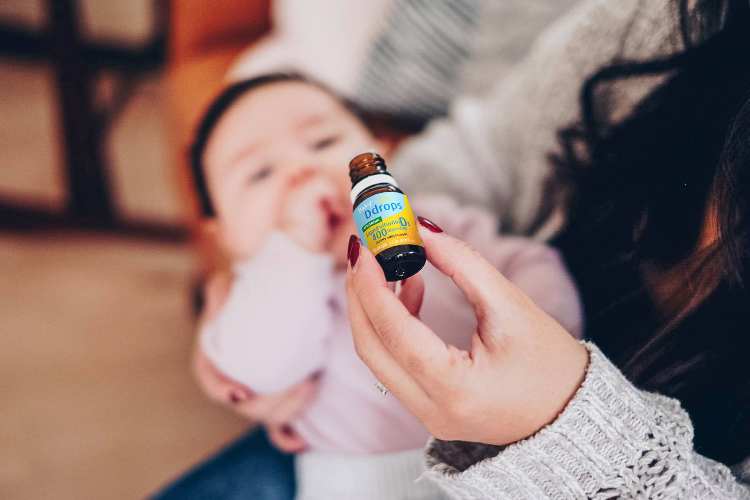March 13, 2016
Those of us who grew up in the 60s, 70s, or 80s likely remember playing outside in the sun for long periods of time. We did this on most days, without any temptation to run inside to play video games! The technology did not exist at that time or was not affordable for most parents. Many of us did all this without sunscreen. Perhaps our mothers knew, but we as children most likely did not realize that this luxury time outside was providing us with a good dose of vitamin D made in our skin from exposure to sunshine.
Times have changed. Nowadays, only 6 per cent of American children between the ages of nine and 13 play outside in an unstructured manner within a week.1 Another report suggests that millions of American children aged one to 11 years old may have suboptimal vitamin D levels. [2] In Canada, only 9 per cent of five to 17 year-olds get at least 60 minutes of daily moderate to vigorous-intensity physical activity. [3] Many children prefer to play indoors. Children who play outside on a regular basis are often wearing sunscreen (a good thing for sun safety!), but as a result, produce less vitamin D than in generations past.
This is a big concern because 90 per cent of bone growth takes place between the ages of 10 and 20 or 30 years. [4] It is important to take advantage of that time frame to build as much bone mass as possible because we start losing bone density in our later years. Playing outside is a great opportunity to connect with nature and facilitate the production of vitamin D in our skin. If we don’t have much bone density to start with, this could lead to an even greater impact on our bone health, such as an increased risk for osteoporosis.
We need to help the younger generation understand that it is critical for them to either take the time to go play outside (while balancing sun safety) or to supplement with vitamin D to ensure that they take care of their bones while they are young, in order to have healthier bones when they are older.
[1] Children and Nature Network, 2008[2] 2009 Nov;124(5):1404-10 Serum 25-hydroxyvitamin D levels among US children aged 1 to 11 years: do children need more vitamin D? Mansbach JM1, Ginde AA, Camargo CA Jr.
[3] 2012-13 CHMS, Statistics Canada
[4] Hightower L., Osteoporosis: pediatric disease with geriatric consequences, Orthop Nurs.2000 Sep-Oct;19(5):59-62.
[5] NIH Osteoporosis and Related Bone Diseases National Resource Center, Kids and Their Bones, March 2015, https://www.bones.nih.gov/health-info/bone/bone-health/juvenile




Để lại một bình luận
Trang web này được bảo vệ bằng hCaptcha. Ngoài ra, cũng áp dụng Chính sách quyền riêng tư và Điều khoản dịch vụ của hCaptcha.